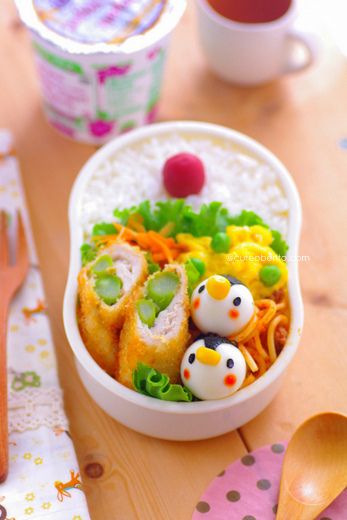Best food for baby betta fish
Baby Betta Fish Care Tips & Tricks
Betta fish are extremely popular pets due to their fantastic personalities and attractive physical features. Plus, they add a sense of elegance and style to any aquarium. But, there’s something even more magical about baby Bettas. After all, everyone loves babies, and baby bettas are so adorable. However, baby betta fish care is not easy. They require special care and attention than adult Bettas. In this article, we’ll discuss some baby betta fish care tips that you need to know before you adopt one of your own.
Grow them separately. After a baby betta reaches the fry stage, it is advised to keep it in a separate tank that can hold at least a gallon of dechlorinated water so that the fish can grow up in a peaceful environment. This baby fish should be kept alone until it reaches adulthood, to save it from all possible injuries caused by other aquarium inmates. Additionally, many bettas are aggressive, and even young Bettas will display aggressiveness towards other fish in the tank. Therefore, to ensure that they have a stress-free environment, it is best to keep them alone.
Supply various types of fish foods. A baby betta fish needs different types of foods for its healthy growth. Hence, the pet owner needs to provide living Grindal worms, Black worms, White worms, living or dried Tubiflex worms, and live or frozen Brine Shrimps as the first foods of this baby fish. In many instances, fish pellets will be ignored by your baby Betta, and they could starve to death without live food. If your baby betta accepts pellets, you must feed them small pellets or crush them up and then add them to the water. It is recommended to feed them a limited amount of food to ensure that you don’t contaminate their water and provide them with enough food but not too much. If you overfeed them, they can develop swim bladder disease and other ailments. Keep in mind that Tubiflex is the least messy food, and it does not make the aquarium too dirty. However, all the foods mentioned above are readily available online or in most specialty pet stores.
Maintain optimum temperature. The baby betta fish cannot thrive well in too cold or too hot water, as it is susceptible to temperature changes. It is best to maintain the temperature of the aquarium water at around 80 degrees F or 27 degrees C. Therefore, a small adjustable heater should be attached to the aquarium, to heat the water to this essential level of warmth. Colder water can make the baby fish ill with various ailments, like loss of appetite and skin diseases. If your baby betta is small, you can consider putting their tank or bowl in another more massive plastic tub filled with water and then only heat this water with your heater. This additional step will ensure that you can regulate the water without fear of harming your baby.
Replace tank water frequently. Keeping your baby betta’s water clean is extremely important. Therefore, you should change 100% of their water at regular intervals. We do this by adding some of the older water and gently netting the baby and putting them into a holding tank that has the older water. Frequent water changes will ensure that your baby betta remains healthy. However, be careful to match the new water’s temperature with the old temperature when you’re changing the water so you don’t shock your fish.
Frequent water changes will ensure that your baby betta remains healthy. However, be careful to match the new water’s temperature with the old temperature when you’re changing the water so you don’t shock your fish.
We typically prepare the water for the holding tank about 24 hours beforehand. We also add an adjustable heater to and set it to the exact same temperature as the existing water that the fish is used to. Afterward, we pour a small amount of the newly conditioned water into the baby’s holding tank at small intervals. We do this for about 30 minutes so the baby has time to acclimate to the new temperature and water parameters. Then, we carefully net the baby and transfer it into the clean heated water.
Additionally, if any medication is needed for the baby betta, it can be added to this newly conditioned water. Finally, we add Indian almond leaves to the water to lower the PH. Keep in mind that frequent water changes are necessary to keep the baby healthy.
Add the proper filters. It is essential to use a high-quality sponge filter to keep the water cleaner for a longer time. The filter size depends on the size of the tank, and a sponge filter does not injure the baby fish even if the baby betta bumps into it while swimming. Other varieties of filters may not be suitable for a tiny betta fish that is so delicate. However, make sure that any filter you have doesn’t have a steady flow, as all bettas may be swished around or injured due to a fast-moving filter.
It is essential to use a high-quality sponge filter to keep the water cleaner for a longer time. The filter size depends on the size of the tank, and a sponge filter does not injure the baby fish even if the baby betta bumps into it while swimming. Other varieties of filters may not be suitable for a tiny betta fish that is so delicate. However, make sure that any filter you have doesn’t have a steady flow, as all bettas may be swished around or injured due to a fast-moving filter.
Add live or silk plants. Live plants are beneficial because they absorb carbon dioxide and provide oxygen and providing hiding spots, so your baby feels secure. Silk plants offer hiding spots, too. If you choose silk plants, make sure they don’t have any sharp plastic parts on the silky parts.
In conclusion, baby betta fish care is a bit more complicated than caring for an older fish. If you’re willing to follow the tips mentioned above, you can raise your baby into a healthy adult and ensure that it has a BETTA life!
Baby Betta Care — LOVELYBETTAS
- KEEP SEPARATE
- WIDE VARIETY OF FOOD
- PROPERLY HEATED WATER
- MORE FREQUENT WATER CHANGES
- SPONGE FILTER OR NO FILTER
HOUSING: KEEP ALONE IN 1 GALLON OR MORE PER baby betta
Though baby bettas are small, that's not a reason to permanently keep them in a tank smalller than one gallon. They need to grow, and tanks smaller than a gallon may stunt growth and put health in danger. Baby bettas should be kept alone in order to prevent stress and being picked on unless being kept peacefully with siblings. Even a snail could be harmful — the curious betta may be poking around near the snail, hoping to find food, when the snail snaps shut right on the poor baby. Please wait until the baby is full size until adding tank mates.
They need to grow, and tanks smaller than a gallon may stunt growth and put health in danger. Baby bettas should be kept alone in order to prevent stress and being picked on unless being kept peacefully with siblings. Even a snail could be harmful — the curious betta may be poking around near the snail, hoping to find food, when the snail snaps shut right on the poor baby. Please wait until the baby is full size until adding tank mates.
feeding: WIDE variety of food
A baby betta's diet should be much more diverse than adult size bettas. In order to keep the baby growing and healthy, you'll need to feed it more than just pellets its whole life, especially while it is still growing. Live foods such as grindal worms, tubifex worms, white worms, blackworms, and mosquito larvae are exceptional for young bettas. However, if you cannot get your hands on them, nonliving foods can do well also. My favorite nonliving foods to feed baby bettas. along with crushed pellets, are freeze dried tubifex worms, frozen brine shrimp, and Repashy gel foods.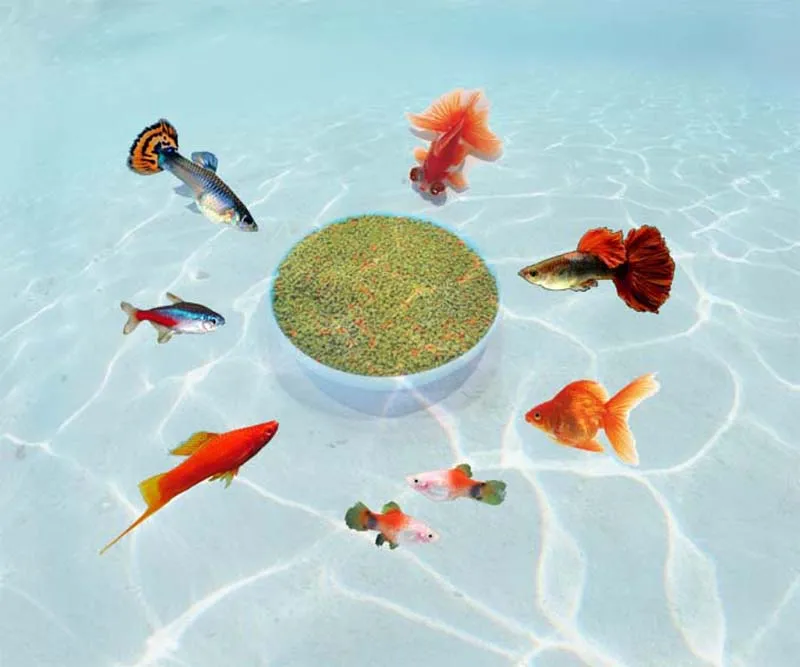 Frozen bloodworms can also be fed but I have found that they make a mess since the babies chew up the insides and spit out the outer shell of the worms. Freeze dried tubifex worms seem to make the least mess, and are available at most fish stores. These can be fed as a treat as freeze dried foods do not hold much nutrients. Frozen brine shrimp is usually accessible at most pet stores, and the babies seem to grow well on them. As a breeder, I like feeding Repashy gel foods, specifically soilent green and meat pie, to all my tanks for the fry to graze on all day. However if you are just keeping one or two bettas as a pet, then the gel foods may not be as suitable for you unless you have many fish to feed and are willing to pay the price/extra effort.
Frozen bloodworms can also be fed but I have found that they make a mess since the babies chew up the insides and spit out the outer shell of the worms. Freeze dried tubifex worms seem to make the least mess, and are available at most fish stores. These can be fed as a treat as freeze dried foods do not hold much nutrients. Frozen brine shrimp is usually accessible at most pet stores, and the babies seem to grow well on them. As a breeder, I like feeding Repashy gel foods, specifically soilent green and meat pie, to all my tanks for the fry to graze on all day. However if you are just keeping one or two bettas as a pet, then the gel foods may not be as suitable for you unless you have many fish to feed and are willing to pay the price/extra effort.
TEMPERATURE: 76-84F/24-29C
Like regular bettas, baby bettas need warm water. I try to keep the temperature at least at 80F/27C. Colder water will especially stress a younger betta, and makes them prone to disease. It also seems to slows down appetite.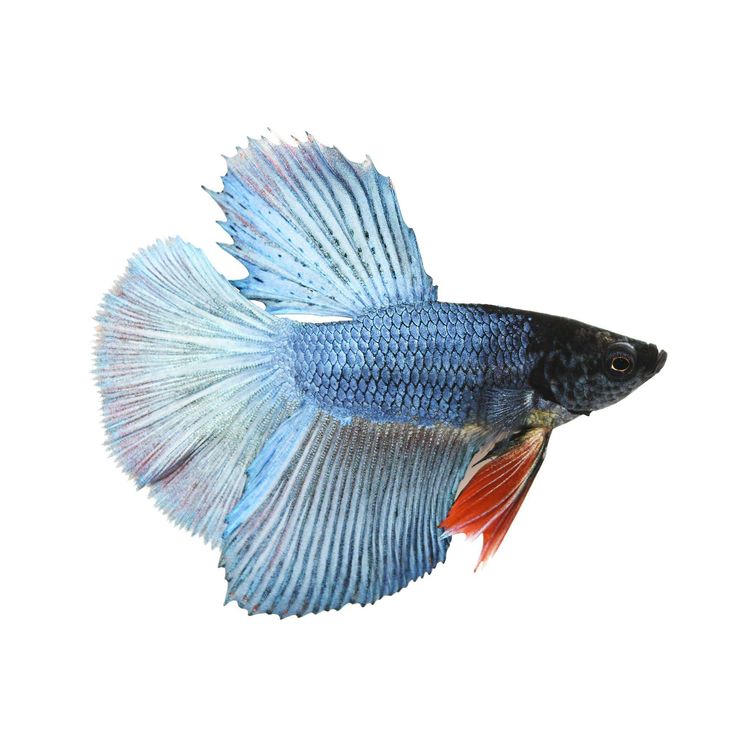 Information on heaters for bettas and basic betta care can be found here.
Information on heaters for bettas and basic betta care can be found here.
CLEANING AND FILTERS: ADDITIONAL WATER CHANGES AND SPONGE FILTERS
Since young bettas need to eat more frequently than adults, they'll need extra water changes. This is especially for if you are keeping siblings together as they seem to stunt each others growth. Add additional water changes to your schedule depending on the size of your tank. If you are going to be using a filter please USE A SPONGE FILTER! Other filters such as power filters may suck up your baby betta or the strong current may injure the betta. A filter is not necessary if you are going to be doing very very frequent water changes.
Top 9 Live Foods for Aquarium Fish
In order to grow healthy and beautiful fish in an aquarium, it is necessary to properly feed them and maintain the aquarium in proper condition. Fish by nature prefer a variety of live food to hunt for. Do not deprive aquarium fish of this opportunity.
What kind of food is this?
Live food for aquarium fish is food created by nature itself without human intervention. It can be various worms, larvae and so on. Food is really alive, which is still moving, as well as dried or frozen. The advantages of this food are as follows:
- The natural hunting instinct is maintained in the fish.
- Live food nutritious and attractive to fish.
- Fry and some predatory fish may only eat live food. They distinguish only moving objects as edible.
- Live food is believed to help fish produce healthy offspring.
- Also, live food, when properly used, pollutes water less than dry food.
Disadvantages of this food: infection and poisoning with toxins is possible.
What happens?
Motyl
This is one of the most common live food for aquarium fish. Bloodworms are mosquito larvae . The larvae are bright red and small, from 5 to 20 mm. A large bloodworm is a lake one, and a smaller one is a river one. Both subspecies live in silt and feed on dead organic matter. The protein content in the bloodworm is about 60%.
Bloodworms are mosquito larvae . The larvae are bright red and small, from 5 to 20 mm. A large bloodworm is a lake one, and a smaller one is a river one. Both subspecies live in silt and feed on dead organic matter. The protein content in the bloodworm is about 60%.
Help! There is an opinion that it is on bloodworms that aquarium fish grow and develop faster.
The minus of a bloodworm may be infestation with parasites, staleness. To choose a bloodworm, you need to pay attention to its mobility. Live larvae curl into rings when touched. The color speaks of freshness. All you need is a bright red bloodworm. Lighter colored food may be immature and will die quickly. Dark cherry bloodworm is quite old, fish can get poisoned by it. After buying at a pet store or bird market, bloodworms need to be prepared. Fresh bloodworm is washed and aged at home for three days. Store in the refrigerator in a damp cloth and rinse twice a day in cold water.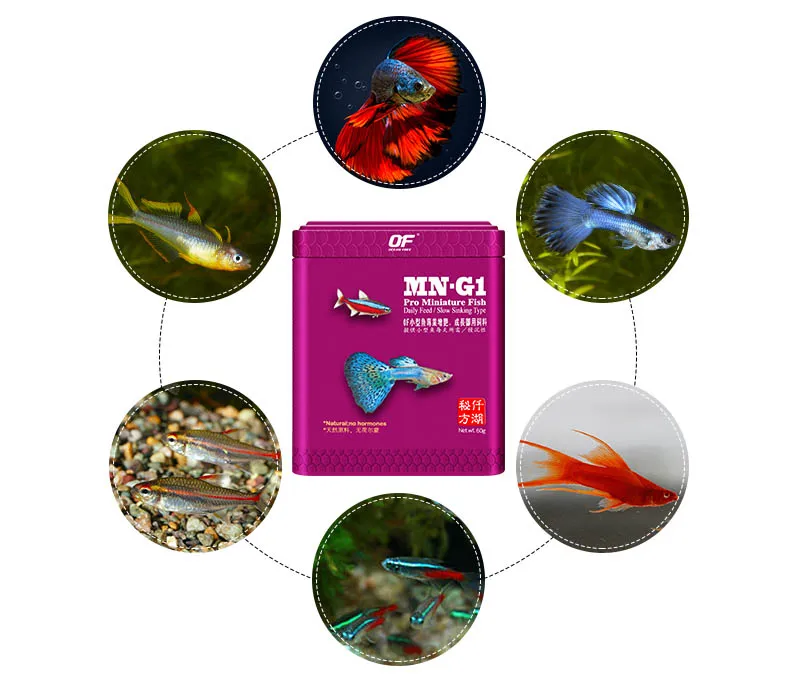 Feed should be as follows: give a small portion of bloodworms to the aquarium (you can give both fresh and frozen ones) and make sure that dead larvae do not get into the fish and that bloodworms do not burrow into the ground. There, the fish will not be able to get it and the bloodworm simply dies and can cause poisoning and water pollution.
Feed should be as follows: give a small portion of bloodworms to the aquarium (you can give both fresh and frozen ones) and make sure that dead larvae do not get into the fish and that bloodworms do not burrow into the ground. There, the fish will not be able to get it and the bloodworm simply dies and can cause poisoning and water pollution.
Can I feed earthworms?
This food is no worse than most others, so you can feed the fish with earthworms without any problems. Suitable for medium and large fish (cichlids, goldfish). It is difficult to find a worm in a store, usually it is dug out of the ground or bred at home on a substrate. Pluses of an earthworm: availability, nutritional value. Cons: not suitable for small fish, with long-term feeding only with earthworms, obesity and infertility can occur.
Wait until the intestines of the worms are completely empty before feeding. To do this, hold the worms on a damp, clean cloth for 2-3 days. It is better to feed small but whole worms.
It is better to feed small but whole worms.
Coretra
This is a transparent mosquito larva (real or blood-sucking mosquitoes). It is more difficult to meet on sale than bloodworms. More often they sell frozen individuals. You can catch a coretra with a net in the nearest fresh water. Absolutely safe, as it is a predator and lives in the upper layers of water . Does not tolerate infections and toxins. Coretra can be fed to fish that feed in the upper layer of water. Since coretra contains few nutrients (40% protein), it is not suitable as the only feed. She is fed only in addition to the main diet. Live coretra can eat some fry in the aquarium. Frozen coretra is pre-thawed, drained of excess water and gradually fed.
Enchitreus
These are small white worms about 2 centimeters long. Worms are bred at home. They live in the earth. Before feeding the fish, you need to separate the worms from the soil. There are many ways to do this, such as heating the ground from below and then the enchitreuses will crawl out to the surface and gather into balls that are easy to take.
There are many ways to do this, such as heating the ground from below and then the enchitreuses will crawl out to the surface and gather into balls that are easy to take.
Once on the bottom of the aquarium, the worms burrow into the ground, so you need to drop the food gradually.
Pros:
- easy and free to breed at home,
- in winter they can serve as the only living food,
- nutritious,
- are not infected with diseases.
Minuses:
- when feeding only with enchitreus, reproduction and growth may stop in fish,
- is recommended to be added to the diet and other feeds.
Drosophila flies
These are very small fruit flies up to 1.5 mm long. Their larvae up to 3 mm long are also suitable for fish food. They can feed fry and adult fish. Flies are easy to grow at home. Specially prepared flies can be given by introducing pure water containing the fly. Pros:
Flies are easy to grow at home. Specially prepared flies can be given by introducing pure water containing the fly. Pros:
- You can breed at home all year round.
- A valuable source of protein.
Cons:
- must be immobilized before feeding,
- breeding requires a temperature of at least 21 degrees,
- flies may die.
Nematodes
They are small spindle-shaped white worms (1-2 mm). Worms move and wriggle. Suitable for feeding fry, but not for all types of fish. Nematodes contain 10% protein and about 20% fat. Nematodes are easy to breed at home. They are given to the fish in small portions, as the nematodes sink to the bottom and die in a day. Be sure to alternate nematodes with another type of food. Pluses:
- Can be bred at home.

- Nutritious and fatty in composition.
Cons:
- Not all fish eat them.
- Nematodes die in a day in the aquarium.
Artemy
Artemia salina is a small crustacean that is found in salt water bodies of water. Today it has an industrial value - it is bred and grown as food for fish. You can catch Artemia eggs yourself, and later grow nauplii (larvae), which you can feed young fish and adults.
The larvae of this crustacean are used to feed aquarium fish fry. The size of the larvae is only 0.5 mm. Pet stores sell cysts of these crustaceans and Artemia eggs without capsules. They are suitable for feeding fry of spawning fish.
Large fry of viviparous fish and large fish that spawn can be fed from birth on brine shrimp eggs or larvae. Cysts are allowed to feed only outside the capsules. They are safe. Before feeding, they are poured with water for 20 minutes, washed. Thus, the risk of infection becomes minimal. Pros:
They are safe. Before feeding, they are poured with water for 20 minutes, washed. Thus, the risk of infection becomes minimal. Pros:
- excellent nutritional characteristics,
- eggs can be stored for a long time,
- quickly and guaranteed to grow and multiply.
Cons:
- needs knowledge and some experience for home breeding,
- possible poisoning by products of cyst decay,
- live Artemia larvae can attack fry.
- Cysts fall to the bottom and after death will pollute the reservoir.
Infusoria shoes
Infusoria-shoe belongs to the type of ciliates. This is a single-celled organism, the simplest. Their size is up to 0.3 mm. Ciliates are quite mobile. When feeding the fish, this should be paid attention to, as small, inactive fish may not keep up with them and remain hungry. Ciliates are bred at home.
Ciliates are bred at home.
Feeding of most fish larvae with ciliates is usually carried out only during the first two or three days with the gradual addition (on the second day) of larger food organisms.
- Pros : suitable for larvae, can be bred at home.
- Disadvantages: is not suitable as a main permanent food.
Pipemaker
This is a type of live food. It looks like small red thread-like worms. The length of these low-bristle worms is up to 40 mm. They can be caught in nature. Rotting organic matter forms the basis of this worm's diet. Tubifex lives in the silt of reservoirs. Tubifex is sold in pet stores. Before being sold, the worms undergo a mandatory quarantine (up to 8 days), during which their intestines are freed from the contents.
- Pros : Nutritious food. Can be stored in the refrigerator for several weeks.
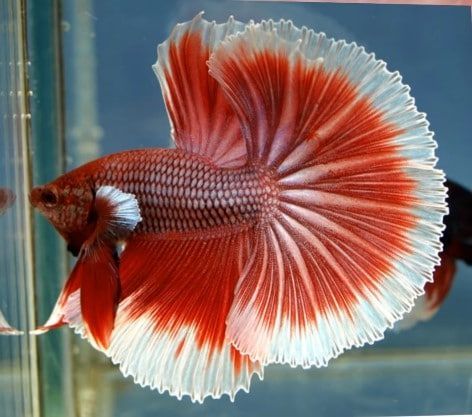
- Cons: May cause obesity. If the contents remain in the intestines, then the fish can be poisoned by them.
Which one is better?
Indeed, variety remains the best food for fish. Such a diet has a positive effect on the beauty and health of the inhabitants of the aquarium. But if you choose among live food, then you should pay attention to the bloodworm, tubifex and coretra. These feeds are common and easy to obtain. The nutritional value of tubifex and bloodworm is very high, so it is important not to overfeed the fish. Bloodworms and tubifex are eaten by all types of fish, this food is universal. Koretra is more dietary and it can perfectly dilute the diet.
Important! Koretra stays alive in the aquarium for a very long time and attracts fish.
How to grow at home?
Bloodworm
- Prepare a bucket, barrel or aquarium of about 20 liters.

- Fill the container with clean water without chlorine.
- Algae, moss should be added to the container. The moth will feed on them.
- The vessel is located on the street, mosquitoes will lay their larvae in it (this is the bloodworm).
- Avoid direct sunlight and place the container under a tree or in the shade in the garden.
- When mosquitoes lay brown eggs in the water, time will pass and bloodworm larvae will hatch.
- It is necessary to wait until the bloodworm has antennae. Then the food is ready.
Surplus larvae should be collected in a jar and put in the refrigerator so that mosquitoes do not grow. The larvae are collected every other day with a net.
Enchitreus breeding
- Prepare a wooden box, soil, plywood.
- For a 100-150 liter aquarium you need a box 800 cm 2 .
- A worm and food for the worm (boiled potatoes without peel plus black bread in equal proportions, filled with milk or yogurt) are introduced into a box with moistened soil.
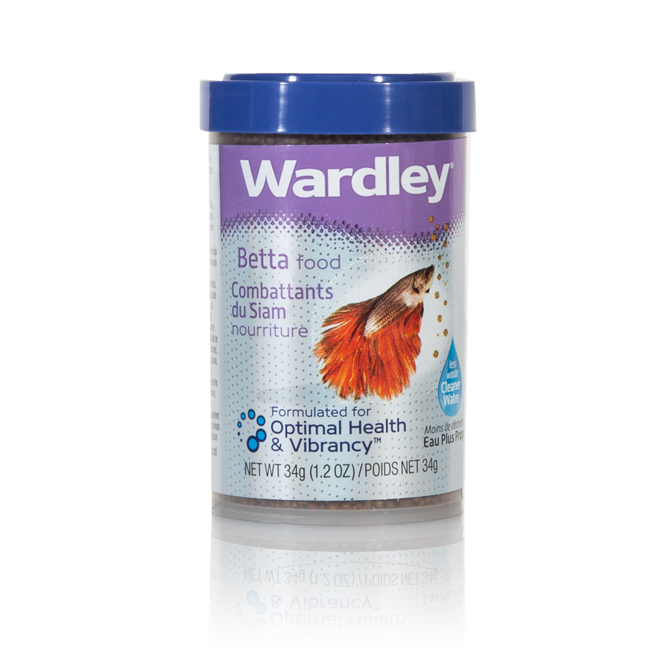 The consistency of the nutrient mass resembles sour cream.
The consistency of the nutrient mass resembles sour cream. - Once a week, 1–2 cups of feed are placed in a 25x25 cm box in 2–3 parallel grooves 3–5 cm deep and covered with earth on top. Adding too much food leads to rotting. If the earth in the box is too rich in humus, then sand should be added to it.
- To separate the worm from the substrate for feeding the fish, it is necessary to pour earth with worms into a container such as a tin can and put the can on the battery. The worms will crawl to the surface and gather into balls.
Drosophila
- It is ideal to get a group of individuals from the laboratory. Such flies do not have wings and they will not bother in the apartment.
- Fly with wings can be collected on rotten fruit in the summer at home.
- If there is a population of flies, they must be placed in a three-liter jar with gauze instead of a lid.
- Place spoiled fruits or sweet porridge boiled in water in a jar.

- Flies will multiply quickly in this jar.
How to store?
Live food should be stored cold in water. Rinse live food periodically. These recommendations apply to worms, larvae. Flies are stored directly at the breeding site. If an earthworm is bred, then it is stored where it is bred.
Disinfection
Disinfection is mainly necessary for worms. You need to wait until the intestines are freed from digested food. This is otherwise known as "quarantine".
Can I freeze?
Live food can be frozen. It keeps up to 6 months. For the first time, manufacturers in America began to freeze food. You can buy frozen food in blocks at the pet store or freeze fresh food yourself. Thanks to freezing, the food can be preserved longer, and it is also guaranteed that the food will be free of parasites and infections. Frozen brine shrimp, coretra, cyclops and bloodworms are popular.
Purchase
Live food for fish is sold in pet stores. You do not need to buy a lot, as he quickly dies. It is worth paying attention to the fact that the worms or larvae move. The quality of a live bloodworm, coretra or tubifex is determined by the number of dead worms or larvae . If, when examining live food, there are such, and in large quantities, then refuse to buy such food.
Who needs it?
- catfish
- characins
- red-bellied piranhas
- barbs
- cichlids
Related videos
Another option for growing live food (devils) for an aquarium can be seen in the video:
Conclusion
Depending on the experience of the aquarist, the availability of free time and funds, you can always choose the right type of live food for fish. You can breed it at home on your own or purchase it in specialized stores. Aquarium fish must be fed live food if you want to maintain their health, beauty and ability to reproduce.
You can breed it at home on your own or purchase it in specialized stores. Aquarium fish must be fed live food if you want to maintain their health, beauty and ability to reproduce.
Reasons why your fighting fish won't eat
content
- Is your fighting fish not eating? Pay attention to these common reasons
- Did you just bring your Betta home?
- Consider water quality
- How is the temperature?
- When was the last feeding?
- Do you offer a new dish?
- Is your cockerel showing signs of illness?
- Conclusion
If your betta isn't eating, here are some tips to get you back on track!
Is your fighting fish not eating? Pay attention to these common reasons
Here are some common reasons your betta might go on a hunger strike:
You're looking at: Reasons your Betta won't eat
Did you just bring your Betta home?
This is probably the most likely scenario, especially if you are new to fish farming.
Most of the time new fish owners bring their fighters home and immediately throw in a bunch of food, waiting for their new fish to eat.
It will take a few hours for your new fighter to get used to and settle into his new home. We recommend not to feed during the first 6-12 hours.
Your betta will most likely not eat it right away and it will pollute the water, so don't worry if your betta doesn't eat it as soon as you bring it home.
Consider water quality
One of the most common reasons why bettas and other fish refuse to eat is poor water conditions. If regular water changes are not carried out, the aquarium is not working completely or you don't let the filter work toxic compounds can build up to stress levels.
Ammonia, nitrite and nitrate can be lethal if increased in concentration - ammonia is the most toxic product and nitrate the least. Always carry a water test kit or strip with you to track when your betta stops eating.
Read more: Neon Tetra - care and breeding instructions
Most kits come with separate ammonia strips because the chemicals will react with the ones that come with the 5-in-1 kit.
Signs of ammonia, nitrite and nitrate poisoning include lethargy, discoloration or bleeding of the gills, lying on top or bottom of the tank, torn fins and loss of appetite.
How is the temperature?
The fighting fish is one of the hardiest tropical fish, but because it is native to Southeast Asia, it prefers hot water (75-84F). They are stand under room temperature conditions, but experience stress when the temperature drops below 70F.
As cold-blooded animals, their metabolism slows down in colder conditions. They eat less food, but they also have a reduced growth rate and immune response, making them more susceptible to digestive problems and infections.
A simple aquarium thermometer that shows you constantly where you stand and whether you should invest in a heater!
When was the last feeding?
In most aquariums, bettas have no current to run into, opponents to fend off, and females to impress. In short, they are mostly homebodies.
In short, they are mostly homebodies.
Your cockerel may not eat simply because he is full!
As a rule, the betta's stomach (when full) is about the size of an eye. Feed too much and they stay, partially digested, or just lead to fat.
Do you offer a new dish?
Baby fighting fish eat live foodHot: Is green aquarium water harmful to fish?
Betta fish are known to be picky eaters, especially if they have been trained to eat cooked food. Rich in fat and protein, Tubifex worms are sometimes eaten with such gusto that your betta may forgo a standard meal for a few days when the worm buffet is over!
Compensation is always good, but don't forget to mix things up. Giving your pet variety is essential for a well-balanced, vibrant diet and optimal health!
Is your cockerel showing signs of illness?
Symptoms may go unnoticed for days or weeks if you are busy. Carefully inspect the betta for torn fins, discolored skin, pale coloration, hair growth, swelling, and other abnormalities.


